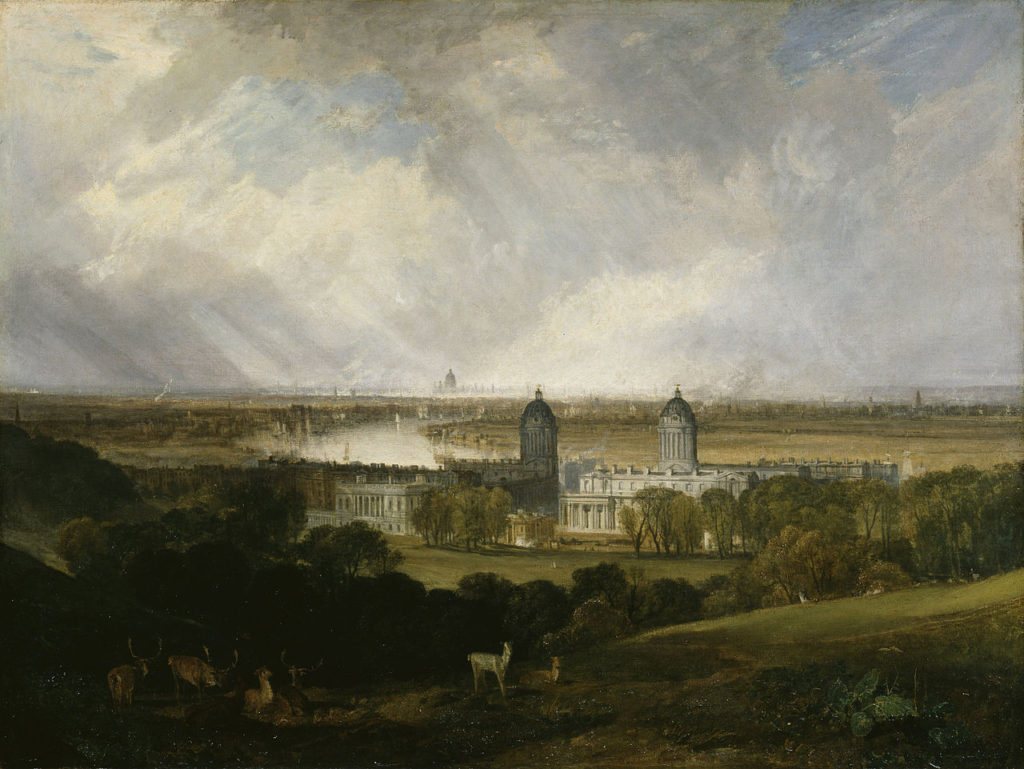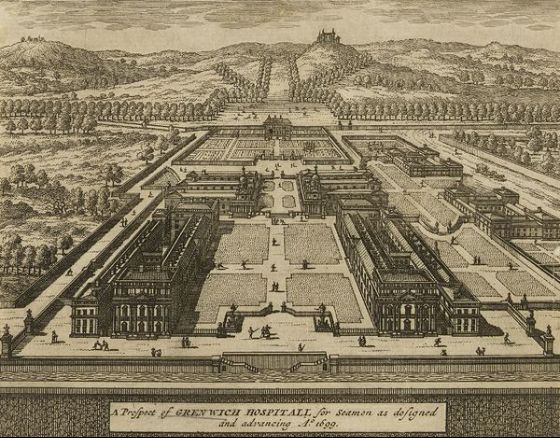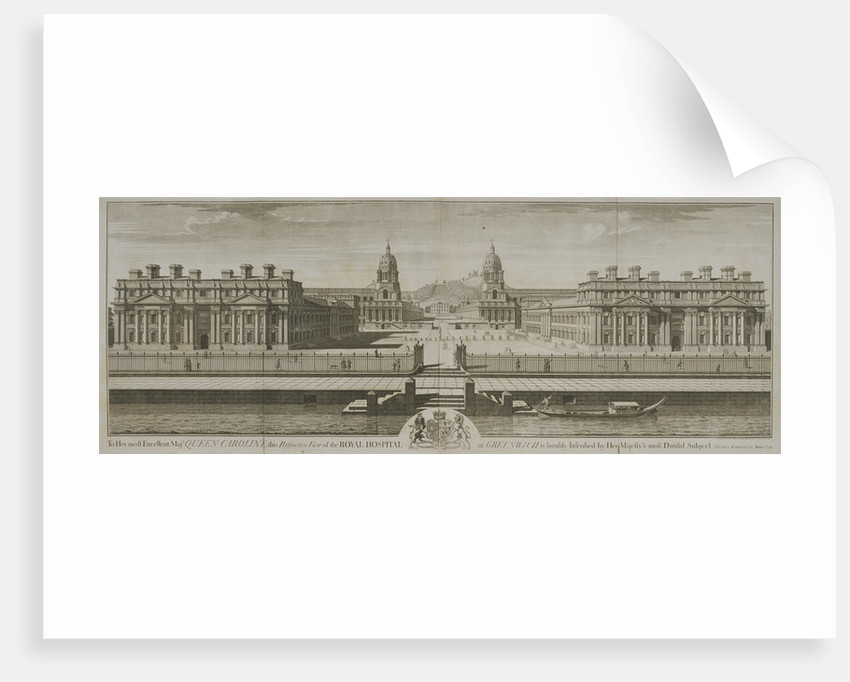Greenwich Hospital was neither a hot spot nor a not spot, but rather a place of note in London from 1692 to 1869.

London from Greenwich Park (1809) by William Turner shows Greenwich Hospital from a distance
As a permanent home for retired sailors of the Royal Navy, Greenwich Hospital was originally created by Queen Mary II to house wounded sailors returning from the Battle of La Hogue in 1692. The original grand design for the beautiful hospital was Sir Christopher Wren and later touches were added by Sir John Vanburgh (https://www.rmg.co.uk/discover/explore/greenwich-hospital-0).
By 1860, there were as many as seventeen hundred pensioners living in Greenwich Hospital, which was more of a large retirement center than medical facility, although there was an infirmary that could house those in need of physician care. In 1813, there were 2,460 pensioners (A description of the Royal Hospital for Seamen, 1813). Each veteran was allotted a separate “bed-cabin” with a horsehair mattress and linens (Greenwich Hospital, 1860) and were allotted pocket money according to their rank (A description of the Royal Hospital for Seamen, 1813). Also provided, for each two years, a blue suit of clothes, a hat, three pair of blue yarn hose, three pair of shoes, four shirts, and a great coat as necessary (A description of the Royal Hospital for Seamen, 1813). The mess hall served a variety of diets, but during the Regency era was largely:
(A description of the Royal Hospital for Seamen, 1813).
During the Regency era, there were an additional 9,000 veterans who received allowances for their service but did not live at Greenwich Hospital.


Greenwich Hospital. The Park and Picture Gallery. A Hand-Book Guide for Visitors (1860).
The hospital also housed widows of seamen and the sons of seamen.
After the Greenwich Hospital closed, the foundation housed veterans in other locations and continued to treat patients in the infirmary, renamed the Dreadnought Seaman’s Hospital, until 1986. The buildings are now known as the Old Royal Naval College.









